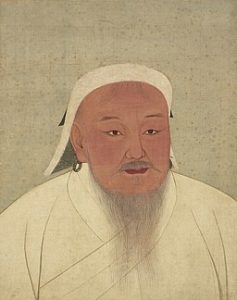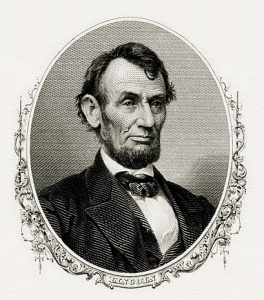Imaginary Review by Dan Geddes
John Irving’s latest book, The Third Leg, depicts the life of John Bath, an aging, award-winning writer, struggling with his literary destiny and his unusual family. As the novel opens, Bath is grappling with his next opus, The Vienna Circus Rape, but is distracted by critics’ accusations that his sensationalist plots pander to popular taste.
John Bath is the head of another eccentric Irving family. At 28, his son, Martin, is already a famous writer, but has been labeled pejoratively as “a minor, Canadian Stephen King.” His second wife, Anneke, is a Dutch doctor, a prosthetist, whom Bath met in Amsterdam while on a book tour. His daughter, Hannah, is inexplicably single and celibate, despite being 32, a surgeon, and stunningly attractive.
Martin Bath is homosexual, and for all John’s oft-spoken tolerance, he is secretly uncomfortable that his only biological son is gay. John thinks himself manly, and after Martin’s coming out party he indulges in a bit of extra-marital philandering, almost as if to reassure himself of his own heterosexuality. John shares with Martin an interest in both writing and body piercing, but they fail to connect emotionally.
Martin’s partner, a mercurial Austrian named Hans, has been walking on a prosthetic leg since the age of 15. In early chapters, Hans catches his peg leg in a broken sidewalk grate, as well as a golf hole, leading to characteristic Irving slapstick and mayhem. Anneke offers to equip Hans with a new leg, one with which he can swap out the tip for various accessories, including a pool cue.
John’s daughter, Hannah, then re-enters the novel, bringing home an Indian mystery writer, Ketan, who shares some uncanny similarities with Salman Rushdie, such as having had death threats issued against him because of his writing. It is well known in the family that Hannah and Ketan have never consummated their relationship. Ketan, an upholder of traditional Indian values, is still trying to convince his indifferent parents to orchestrate an arranged marriage with Hannah.
Then Toronto is rocked by a murder mystery: a young homosexual man is discovered in a meat locker. He had been gored by a deep spear-like weapon. To their horror, Anneke and the Baths begin to suspect that Hans committed the murder with his old prosthetic leg, the one Anneke herself had recently replaced, effectively disposing of the evidence. Ketan spearheads an independent investigation into the murder, mainly in the hopes of clearing Hans, who is now held by the police.
The murder mystery is suddenly interrupted as the story returns to the subplot of John Bath’s writer’s block. He is still obsessed with his first book, Breakfast at the Schumann’s, which he feels he has never equaled. In that work he had already tied together his lifelong themes, and never again so tightly and purely. Each work after Schumann appeared as a kind of pastiche of disjointed themes: dead parents, broken families, and literally broken people—dismemberment featuring in nearly all of his novels alongside the semi-obligatory rape or two.
John’s creative sterility is further underscored after Martin suddenly produces a small literary novel, Broken Twigs in the Grass, to near universal acclaim. The literary critics now compare Martin favorably to John, even if John’s sensationalist soap operas disguised as novels are best-sellers.
So John can no longer work on his sunset opus, The Vienna Circus Rape, set in fin de siècle Vienna and featuring a pre-Interpretation of Dreams Sigmund Freud. Bath is stuck on the key scene where Sigmund and his wife, Martha, have a domestic spat. Martha attacks Sigmund with a menorah, nearly poking out both his eyes—an incident which purportedly has a seminal impact on Freud’s theories.
As usual, Irving’s denouement is worthy of Dickens. Although I won’t spoil the ending, Hans’ peg leg proves to be a Cinderella-like fit that ties up all loose plot threads.
The Third Leg, published two years after The Fourth Hand, continues Irving’s theme of dismemberment. But the Bath family reveals little inspiration. Some readers may squirm at scenes that seem like straight autobiography.
It’s impossible not to like Irving’s characters. They are smart, well-spoken, affluent, good-looking, and fully developed. Their lives are filled with interesting problems that the characters have the time and resources to solve.
However, as Irving revisits the same themes again, the seams of his craftsmanship are more apparent, perhaps distracting some readers. The Third Leg is Irving’s weakest work to date. We hope that Irving can dig deep into himself to discover new themes after a lifetime of writing and reflection.
See also:
A Prayer for Owen Meany,
A Son of the Circus,
A Widow for One Year,
The Fourth Hand,
In One Person
Editor’s note: This article is satirical in nature.







Be First to Comment